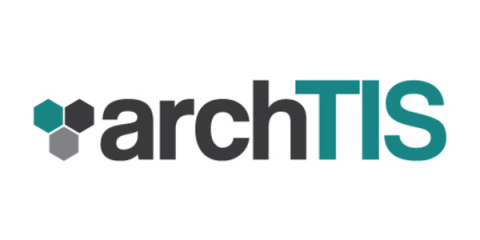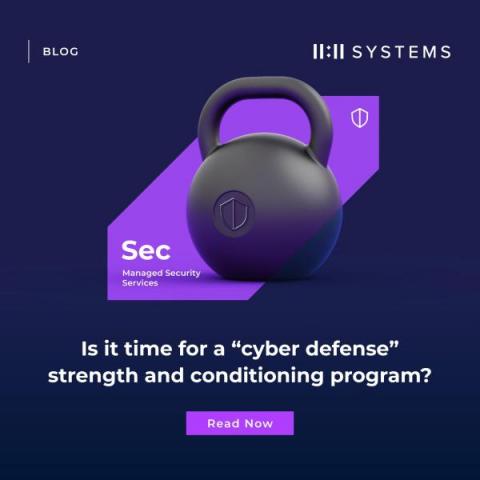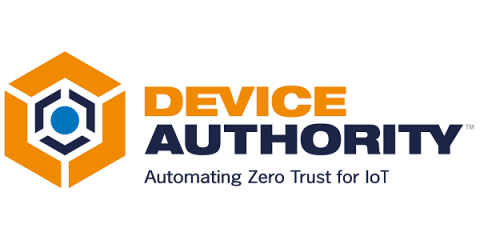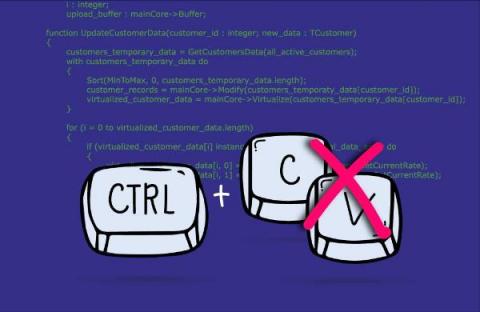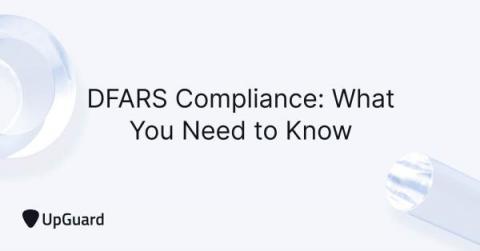Honeypots and Their Role in Detecting Pass-the-Hash Attacks
Deception technology is a cybersecurity strategy that utilizes decoys to gather information about current threats and attack methodologies used by cybercriminals. The premise of this approach is to offer some sort of bait in your network, such as a fake database that looks like a legitimate one, that attackers will find too enticing to pass up.






